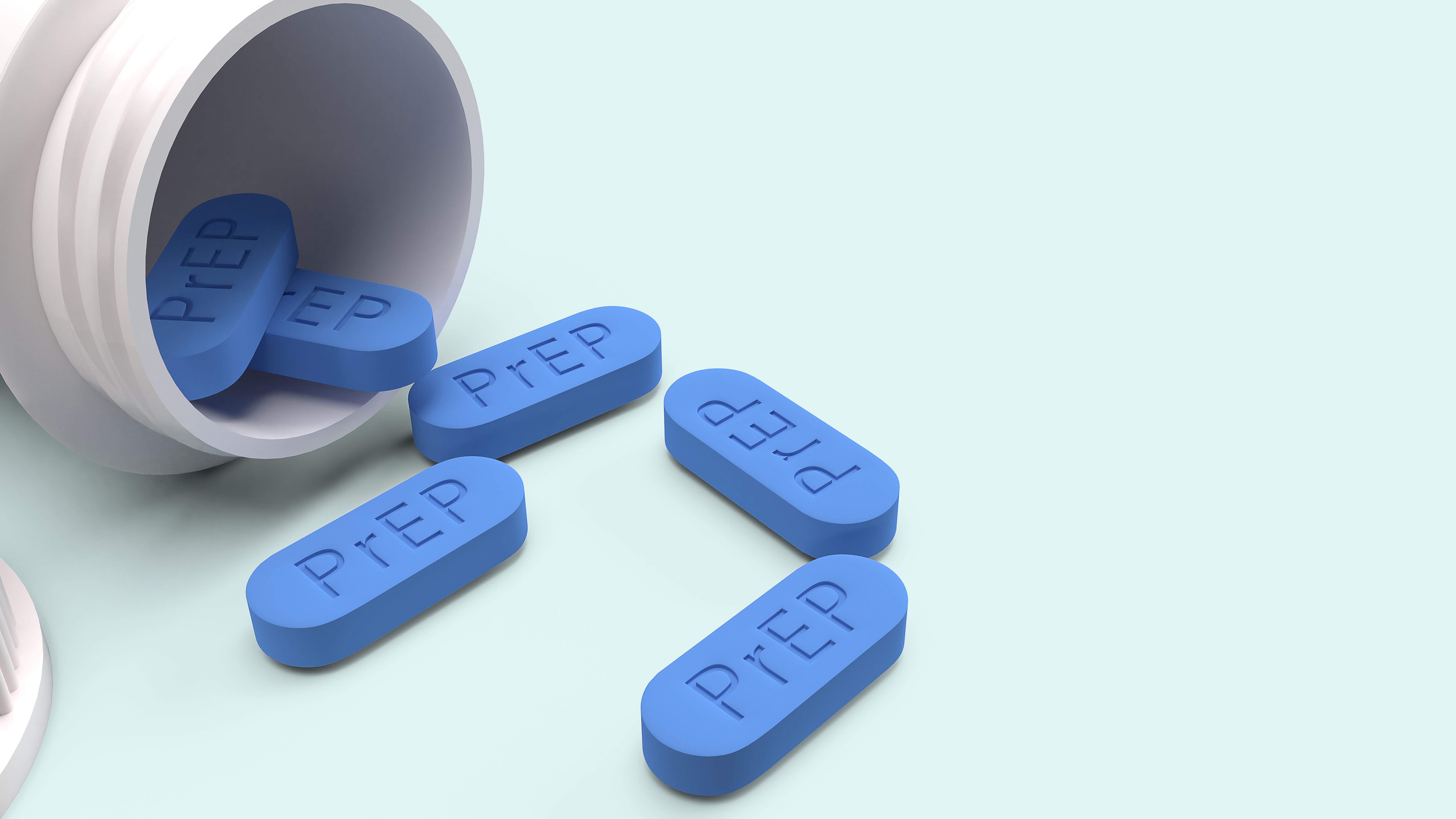News
Article
Research Identifies Multiple Barriers Preventing Patients From Using PrEP to Prevent HIV
Author(s):
Strategies include improving compliance, convenience, symptom management, and reducing stigma around pre-exposure prophylaxis for HIV.
Health system barriers related to health services are one of the leading barriers to use of pre-exposure prophylaxis (PrEP) for HIV prevention, according to recent review published in the Brazilian Journal of Nursing (Revista Brasileira de Enfermagem). Yet, every single study that was part of the review identified that PrEP users were affected by multiple barriers, which can lead to worse adherence, efficacy, and continued user discrimination and stigmatization.
Image credit: niphon - stock.adobe.com

“The barriers to PrEP use are multifactorial,” the review authors wrote. “Effective interventions are needed to support PrEP users in accessing, complying with, and retaining health services.”
Health system (structural) barriers relate to issues of accessibility to clinical or pharmacy services caused by insurance, transportation, or trouble navigating the health system. They can also include barriers related to logistical factors, care service quality, or professional unpreparedness toward working with certain patient populations, such as transgender individuals.
Other factors leading to structural barriers can include the stigmatization of sex based on gender, profession (such as doing sex work), and a person’s sexual partner. In Brazil, where the study was conducted, men who have sex with men (MSM), gay men, transgender people, sex workers, and HIV-positive couples have the highest prevalence of HIV, but many do not use PrEP due to stigma and discrimination.
In fact, more than 50% of participants in the studies consider stigma about HIV to be a barrier to medication use. Moreso, almost half of studies identified a stigma surrounding the use of PrEP. Another barrier to PrEP use is the stigma that people who take it are promiscuous, the incorrect implications being that these people want to have sex without a condom, according to the investigators.
“Successful PrEP implementation as a response to tackling HIV must use rights-based approaches and combat widespread and entrenched stigma, discrimination and other human rights violations faced by people living with HIV, as well as by population groups that are at increased risk of infection,” the study authors wrote.
This does not necessarily mean creating campaigns targeting high-risk populations though, which can exacerbate stereotypes that already exist. Investigators instead recommend that PrEP be targeted to a general audience. They also recommend that care teams understand the nature of perceptions to do more effective outreach and help to overcome them.
There are other barriers to PrEP use, such as inconvenience, for example, in having to take a daily pill. Lifestyle is a barrier the authors also emphasized. People must travel, work, and deal with daily life stressors, therefore, strategies that improve medication use would be most effective against this barrier. These strategies could look like providing pill organizer boxes or improving access to free care and medication (medication-related costs were also identified as a significant barrier to care).
Investigators discovered more barriers preventing PrEP use, such as concern about adverse events (AEs). The most common AEs included nausea, flatulence, diarrhea, headache, and abdominal pain, but they occur in a minority of patients and usually resolve within 3 months. Care teams could address them early on and help patients to manage them so they maintain medication adherence.
“Understanding the barriers involved in this prevention movement is essential to outline effective health care strategies for people who seek PrEP,” the study authors wrote.
Reference
Antonini M, Evangelista da Silva I, Elias HC, et al. Barriers to Pre-Exposure Prophylaxis (PrEP) use for HIV: an integrative review. Rev Bras Enferm. 2023; 76(3): e20210963. 2023. DOI:10.1590/0034-7167-2021-0963
Newsletter
Stay informed on drug updates, treatment guidelines, and pharmacy practice trends—subscribe to Pharmacy Times for weekly clinical insights.






